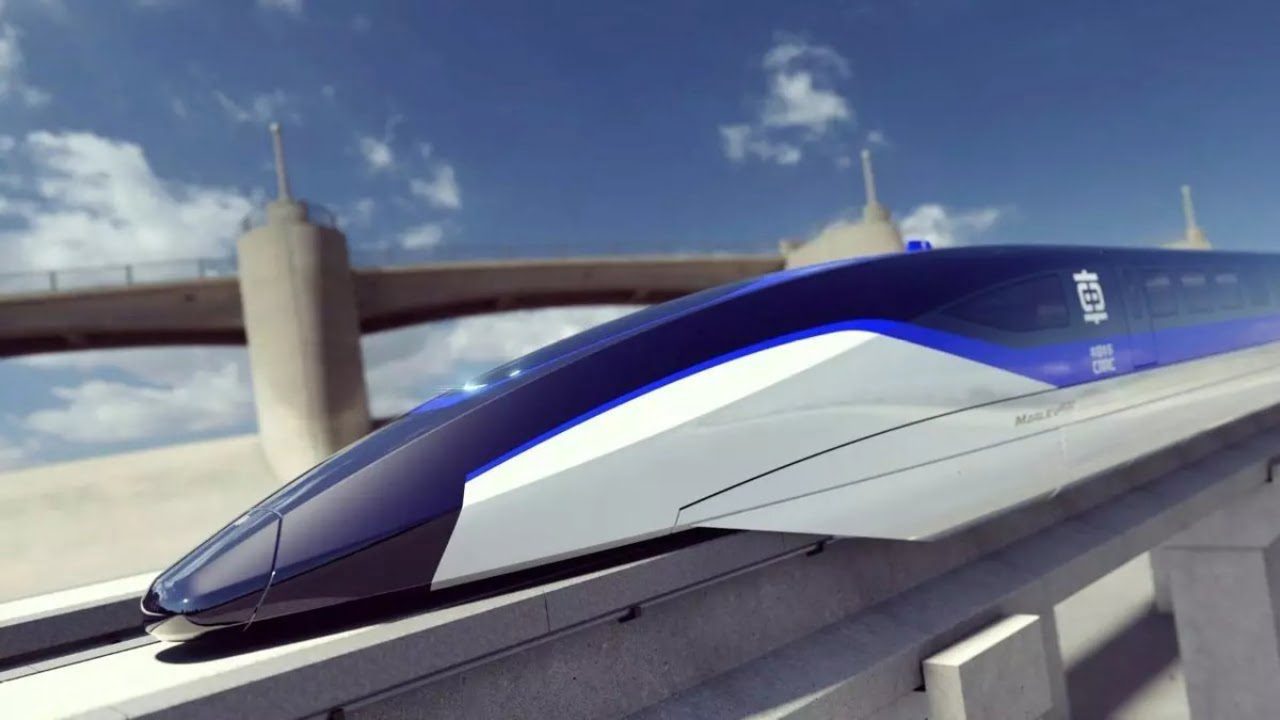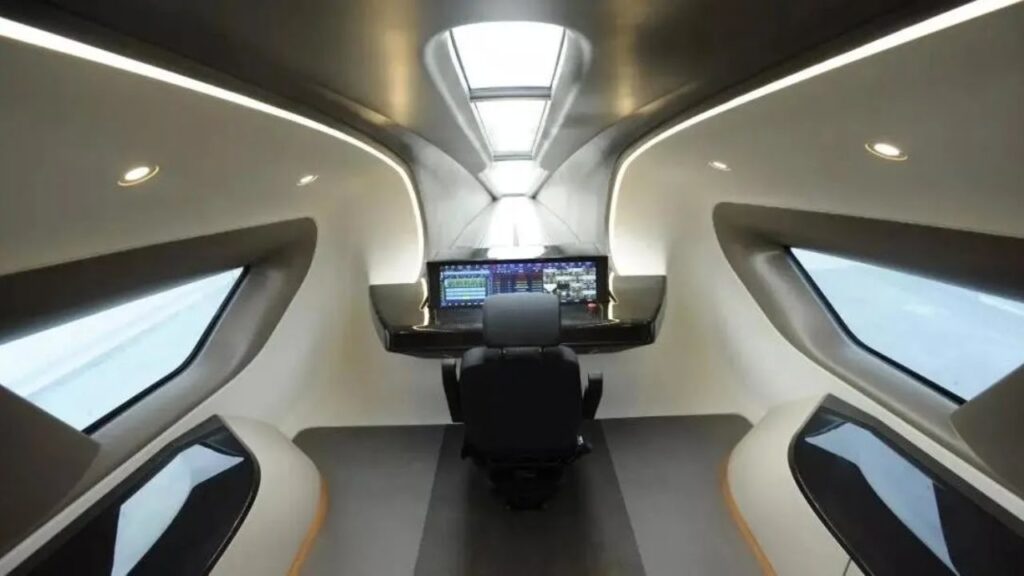
Ultra High-Speed Maglev Train Set to Break Speed Records

Revolutionizing Transportation with Cutting-Edge Maglev Technology
Table of Contents
In the ever-evolving world of transportation, technology continues to push boundaries, opening up endless possibilities. A groundbreaking project is currently underway in China, where an experimental ultra-high-speed maglev train is being developed. Explore the future of transportation with the Ultra High-Speed Maglev Train, offering unprecedented speed, efficiency, and smooth rides.
With a projected cruising speed surpassing an astounding 621 mph (1,000 km/h), this innovative train is set to redefine the future of rail travel.
Unleashing Unprecedented Speed of the Ultra High-Speed Maglev Train
The pace at which this project is progressing is truly remarkable.

Once completed, this maglev train will be twice as fast as the currently operational Shanghai Maglev, which reaches a top speed of 286 mph (460 km/h).
Testing will take place in Harbin, the capital city of China’s Northeast Heilongjiang province, to ensure the train’s performance and safety meet the highest standards.
Magnetic Levitation: The Driving Force
The magnetic levitation (maglev) system is another cornerstone of this technology. Unlike traditional trains that rely on wheels to stay in contact with the track, the maglev train floats above the track using powerful magnetic fields. This levitation eliminates friction, one of the primary sources of wear and energy loss in conventional rail systems.
The maglev system uses opposing magnetic forces to lift the train and keep it stable while it moves forward. In addition to levitation, magnets also propel the train along the track by creating a magnetic push and pull effect, allowing for ultra-smooth acceleration and deceleration. With no physical contact between the train and track, maglev technology provides both a quieter and more energy-efficient solution compared to traditional rail systems.
Low-Vacuum Tube Technology
At the heart of the Ultra High-Speed Maglev Train’s groundbreaking design is the low-vacuum tube, a key feature that significantly enhances the system’s speed and efficiency. The train operates within a tube that is partially evacuated of air, creating a low-pressure environment.
This vacuum drastically reduces air resistance, which is one of the major factors limiting the speed of conventional trains. By minimizing drag, the low-vacuum tube allows the train to reach speeds that are otherwise impossible in normal atmospheric conditions.
This not only boosts the maximum achievable velocity but also helps to improve energy efficiency, as less energy is needed to overcome air resistance. The low-vacuum design also contributes to a smoother ride by reducing turbulence that could otherwise cause discomfort at high speeds.
High-Temperature Superconductors (HTS)
One of the key innovations driving the efficiency of the maglev system is the use of high-temperature superconductors (HTS). These advanced materials have the remarkable ability to conduct electricity without resistance when cooled below a certain temperature.
In the maglev train system, HTS are used in the magnets that generate the strong electromagnetic fields needed for levitation and propulsion. By using HTS, the system reduces energy losses, allowing for more efficient and reliable performance, especially at high speeds. Additionally, HTS materials can operate at higher temperatures than traditional superconductors, making them more practical and cost-effective for use in large-scale transport applications.
This combination of superconductivity and maglev technology enables the train to travel at unprecedented speeds with minimal energy consumption, offering a sustainable and cost-effective solution for the future of transportation.
These technologies, when combined, form a seamless and highly efficient system that promises to redefine travel. By overcoming the limitations of traditional rail and road-based transportation, the Ultra High-Speed Maglev Train not only offers a glimpse into the future of travel but also addresses the growing demand for faster, safer, and more environmentally-friendly transportation solutions.
Addressing Challenges on the Fast Track
Pushing the boundaries of speed with ultra-high-speed maglev trains brings forth a host of challenges that must be addressed to ensure both passenger safety and the stability of infrastructure

One of the most significant hurdles is maintaining the low-vacuum conditions within the tube, which are essential for minimizing air resistance and enabling ultra-fast travel. Additionally, providing a smooth and comfortable experience for passengers traveling at such high speeds, while managing the intense accelerations, is a critical engineering challenge.
The financial implications are equally substantial. The construction of maglev tracks, stations, and supporting infrastructure demands a large-scale investment.
Despite these complexities, World Artery, in partnership with the Harbin Industrial Investment Group Co., is fully committed to overcoming these obstacles and bringing the project to fruition. Both organizations have already formalized their collaboration, with World Artery contributing advanced construction technologies, patents, and specialized expertise.
Meanwhile, the Harbin Industrial Investment Group Co. is responsible for securing project funding, handling registration and investment attraction, and providing essential policy consultancy to ensure the project’s smooth execution. Together, they aim to push the limits of modern transportation and create a new era of ultra-fast, sustainable travel.
A Revolution in Long-Distance Travel
If this technology proves viable for commercial use, it has the potential to revolutionize long-distance travel, effectively shrinking distances and bringing regions closer than ever before. Imagine a future where high-speed transit connects cities seamlessly, transforming the way we traverse vast distances.
In the realm of transportation, the possibilities are truly limitless.
As this ultra-high-speed maglev train project takes shape, it heralds a new era in rail travel, pushing the boundaries of speed and propelling us toward a more connected world.








